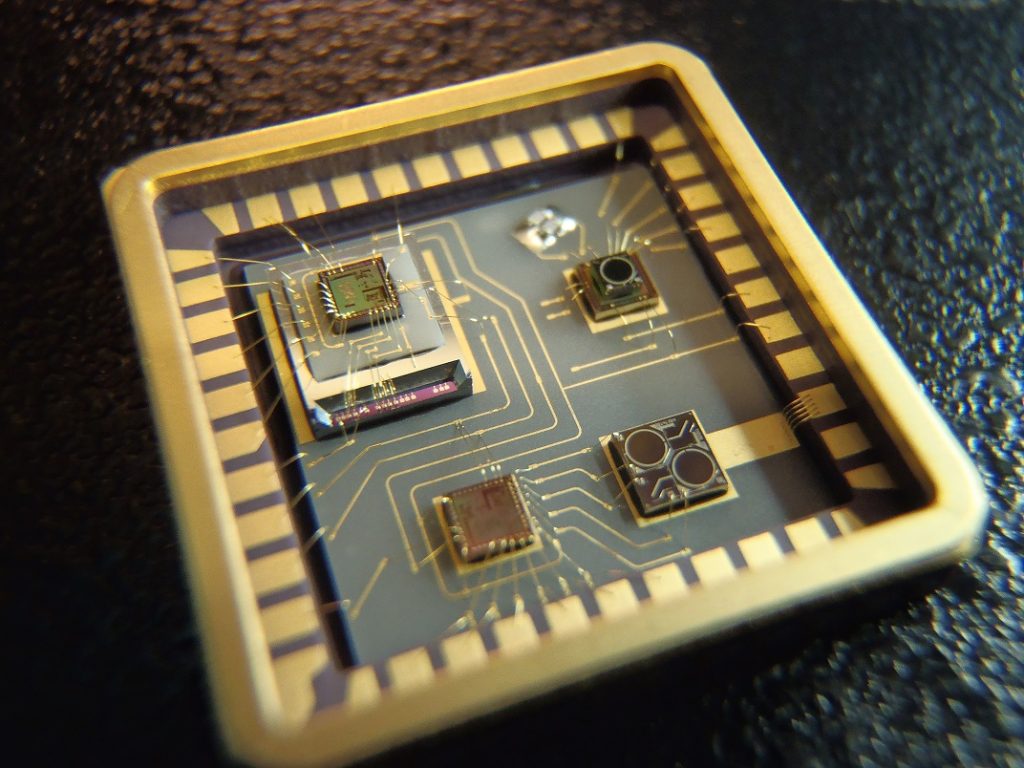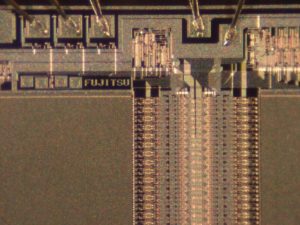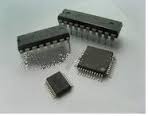Unlock IC PIC18F67K22 Binary
Unlock IC PIC18F67K22 security fuse protection system and readout embedded binary from MCU memory, fuse bit can be found through microcontroller reverse engineering technique;

All of the devices in the PIC18F87K22 family offer different oscillator options, allowing users a range of choices in developing application hardware. These include:
· External Resistor/Capacitor (RC); RA6 available
· External Resistor/Capacitor with Clock Out (RCIO)
· Three External Clock modes:
– External Clock (EC); RA6 available
– External Clock with Clock Out (ECIO) if Unlock IC
– External Crystal (XT, HS, LP)
· A Phase Lock Loop (PLL) frequency multiplier, available to the external oscillator modes which allows clock speeds of up to 64 MHz. PLL can also be used with the internal oscillator before copy microchip pic16f874a software.
· An internal oscillator block that provides a 16 MHz clock (±2% accuracy) and an INTRC source (approximately 31 kHz, stable over temperature and VDD)
The PIC18F87K22 family provides ample room for application code, from 32 Kbytes to 128 Kbytes of code space. The Flash cells for program memory are rated to last up to 10,000 erase/write cycles. Data retention without refresh is conservatively estimated to be greater than 40 years.
The Flash program memory is readable and writable. During normal operation, the PIC18F87K22 family also provides plenty of room for dynamic application data with up to 3,862 bytes of data RAM. Should 128 Kbytes of memory be inadequate for an application, the 80-pin members of the PIC18F87K22 family have an External Memory Bus (EMB) enabling the controller’s internal program counter to address a memory space of up to 2 Mbytes. This is a level of data access that few 8-bit devices can claim and enables before crack microchip pic16f877a hex:
· Using combinations of on-chip and external memory of up to 2 Mbytes
· Using external Flash memory for reprogrammable application code or large data tables
· Using external RAM devices for storing large amounts of variable data after Unlock IC
The PIC18F87K22 family implements the optional extension to the PIC18 instruction set, adding eight new instructions and an Indexed Addressing mode. Enabled as a device configuration option, the extension has been specifically designed to optimize re-entrant application code originally developed in high-level languages, such as ‘C’.
All devices share the same rich set of peripherals except that the devices with 32 Kbytes of program memory (PIC18F65K22 and PIC18F85K22) have two less CCPs and three less timers. This provides a smooth migration path within the device family as applications evolve and grow.
The consistent pinout scheme, used throughout the entire family, also aids in migrating to the next larger device. This is true when moving between the 64-pin members, between the 80-pin members, or even jumping from 64-pin to 80-pin devices.
All of the devices in the family share the same rich set of peripherals, except for those with 32 Kbytes of program memory (PIC18F65K22 and PIC18F85K22). Those devices have two less CCPs and three less timers.
The PIC18F87K22 family is also largely pin compatible with other PIC18 families, such as the PIC18F8720 and PIC18F8722 and the PIC18F85J11. This allows a new dimension to the evolution of applications, allowing developers to select different price points within Microchip’s PIC18 portfolio, while maintaining a similar feature set.
Tags: unlock ic flash archive,unlock ic flash code,unlock ic flash content,unlock ic flash data,unlock ic flash eeprom,unlock ic flash file,unlock ic flash firmware,unlock ic flash information,unlock ic flash memory,unlock ic flash program



